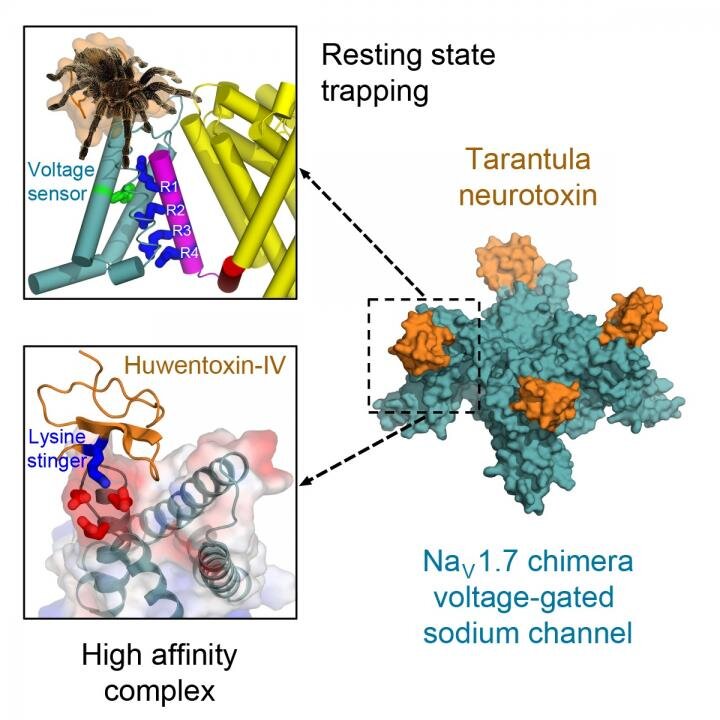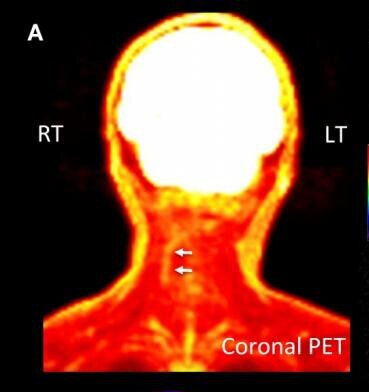By Pat Anson, PNN Editor
An international study by The Lancet has found that childhood pain often goes untreated, unrecognized and poorly managed, leading to chronic pain, disability and other negative consequences in adulthood.
The report by the Lancet Child and Adolescent Health Commission, led by the Centre for Pain Research at the University of Bath, found that too many children live with pain — even in developed countries — and calls for improvements in pediatric pain care, including diagnosis, pain management, social support and psychological treatment.
"Among health-care professionals, it is easy to agree that no child should experience pain if that pain can and should be prevented, avoided, or successfully treated,” said lead author Emma Fisher, PhD, a Versus Arthritis fellow at the University of Bath.
“In practice, however, we know there is ample evidence that children frequently experience preventable pain, and that in high-income settings, with advanced health-care systems and highly educated and regulated health professionals, children and young people experience pain that often goes unnoticed, unreported, or is not responded to, across healthcare including in the Emergency Department, post-surgical care, and in tertiary care.”
Childhood Pain ‘Swept Under the Carpet’
The report provides several examples of childhood pain not being recognized or treated adequately, such as what happened to Caitriona Roberts of Belfast, Northern Ireland. At age 12, she went to her doctor with pain and swelling in her ankle. Initially written-off as 'just a sprain' that would go away, she would spend the next six months living in almost constant pain, until she was referred to a specialist who diagnosed her with juvenile idiopathic arthritis, an autoimmune condition.
Now 28, Roberts has learned how to live and manage the disease. She helped researchers prepare The Lancet report.
"I think this issue has been swept under the carpet for too long. Still today, over 15 years on from my diagnosis with arthritis, I find people, including medical professionals, unaware of the condition or its effects on my day-to-day life. And when I speak to other young people, I find that sadly, very little seems to have changed in terms of how they experience pain or the support they receive,” Roberts said.
Researchers say up to 10% of young people experience chronic pain into early adulthood, with conditions such as arthritis, other types of musculoskeletal pain, recurring abdominal pain, and headaches.
"This really matters, both for those experiencing pain and those around them but also across wider society. We know that chronic pain experienced in childhood is likely to feed through to adulthood and this has long-term health and economic costs associated,” said Fisher.
She called on providers and policymakers “to sit up and listen to the fact that too many of our young people are in pain and need help."
Myths About Opioids
One obstacle to getting that help is the stigma associated with opioid pain medication, particularly in the United States and Canada, where researchers say guidelines intended to control opioid use in adults are being “inappropriately applied to young people.”
“Substance use disorders and pain medication are both conflated in policy and in the media's portrayal of the North American opioid crisis,” the report found. “Through this media, public views have been influenced to consider opioids as drugs of addiction rather than pain medicine.
“Health-care professionals, young people, and parents continue to hold misconceptions and believe myths about opioid use in pediatric patients, whereby the media depicts opioids as the villain and the underlying reason for substance misuse. Opioids have their place in pediatric pain medicine. In the context of the oversupply of opioids, childhood pain can usefully be considered a risk factor for long-term harmful exposure to opioids.”
More Than Growing Pains
The report found that improvements in pediatric pain care have come slowly. The last major intervention in the field came in the 1980’s, when it was recognized for the first time that babies experienced pain. Up until that point, a number of routine and major operations, including heart surgery, were carried out on babies without anesthetics.
"Parents tell us about the struggle they have convincing their GP that their child's illness is more than growing pains,” said Zoe Chivers, Head of Services at Versus Arthritis, which funded the report. “While the focus, attention, and dedication in providing quality services to children is consistently in place for conditions like cancer it's woefully absent for childhood arthritis and chronic pain.
"As a society we need to understand that dismissal of arthritis comes at high price and that adults and children living in pain with the condition should no longer be expected to pay it."
The study has four key goals: to make childhood pain matter, to make it understood, to make it visible, and to make it better. One recommendation is to make routine vaccinations less painful and stressful for children, such as allowing parents to be present during the injections and using topical analgesics.
"For many parents and children, a trip to the doctors for routine inoculations will be a stressful and painful experience. This does not have to be the case - we know how we can make the experience less painful for young people, but we're not doing it. This is just another example of how pain has been accepted as an everyday feature of growing up," said Fisher.





















